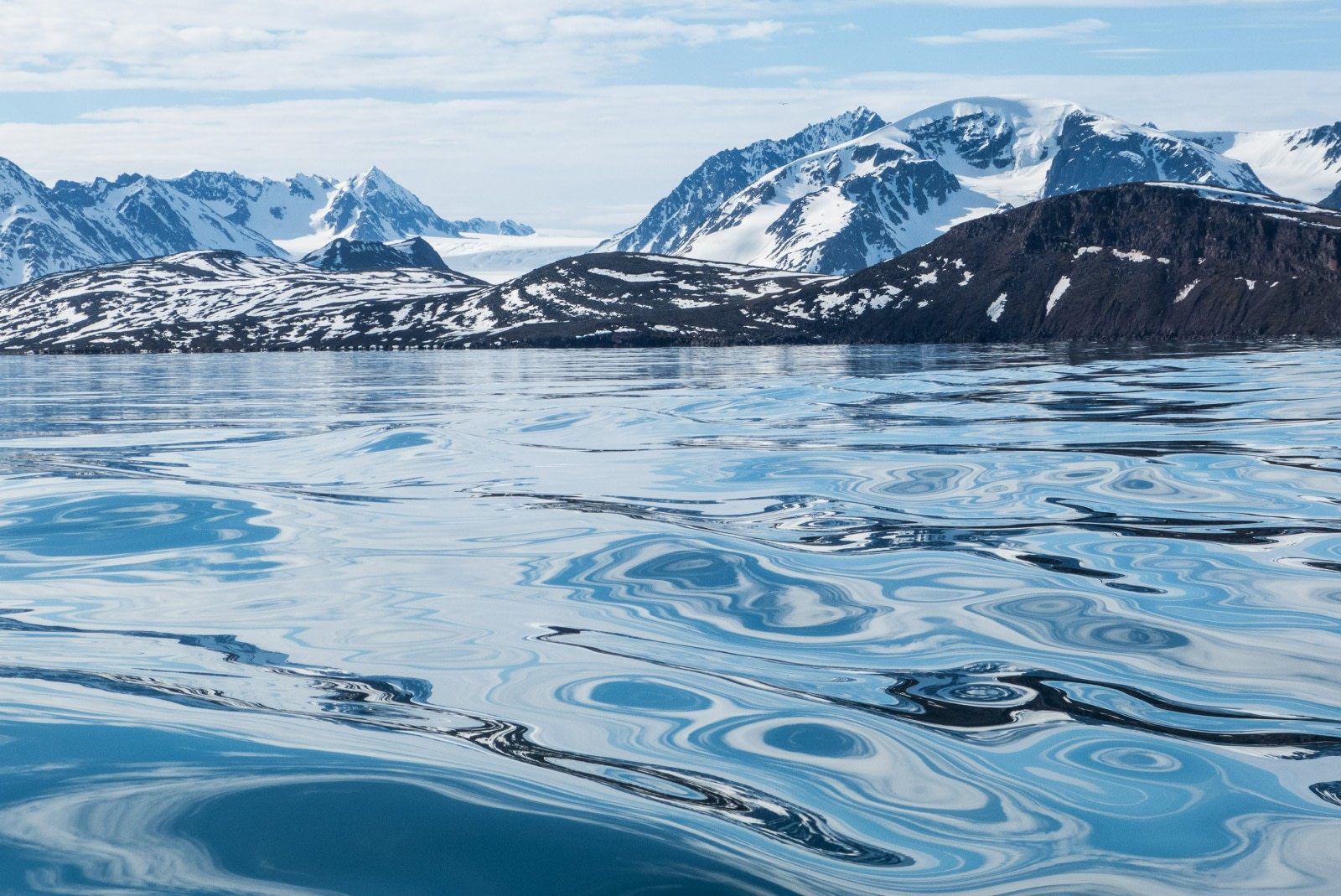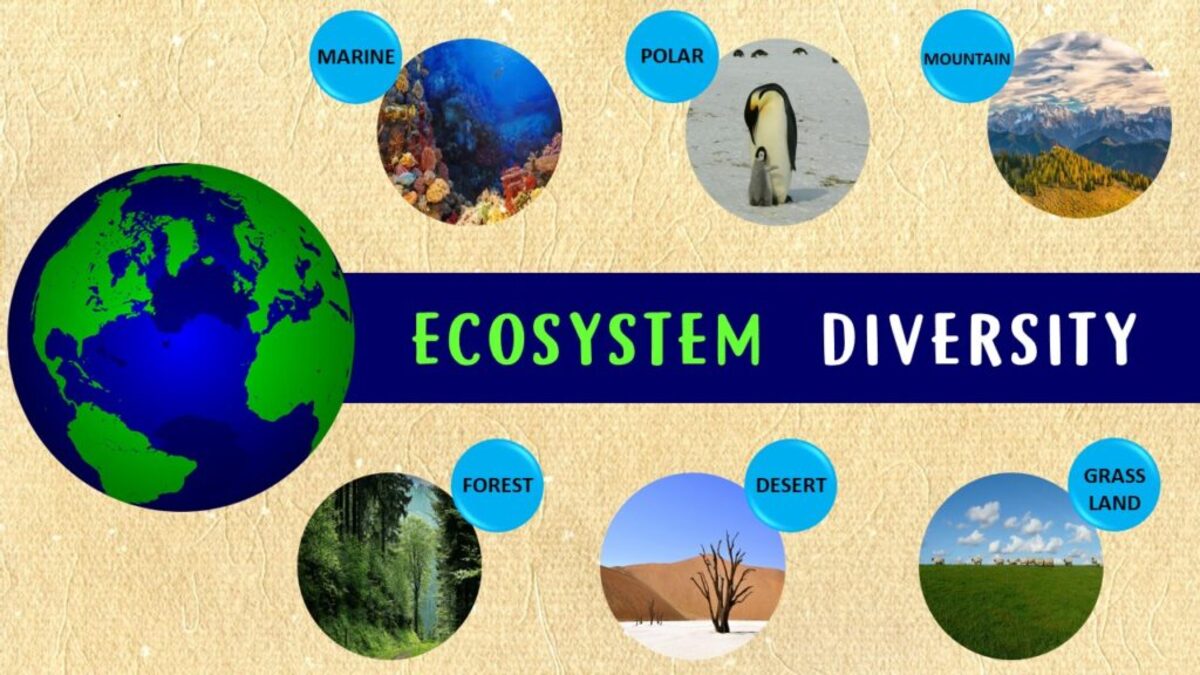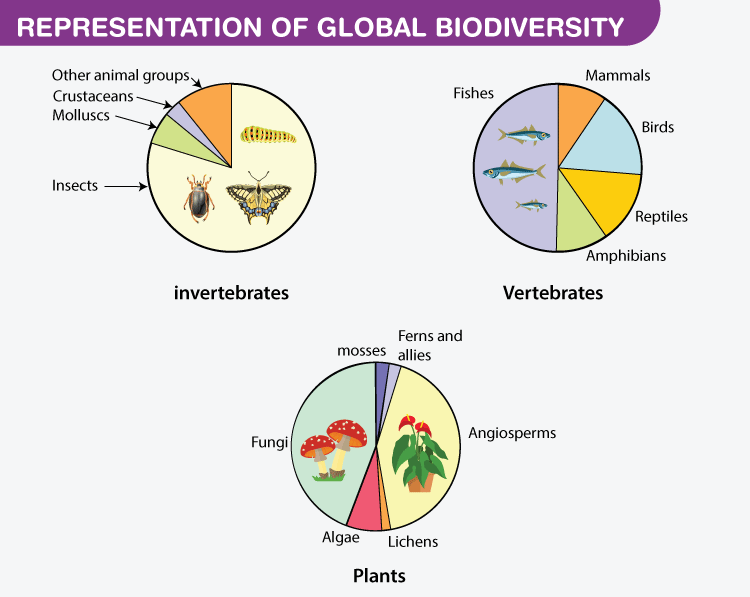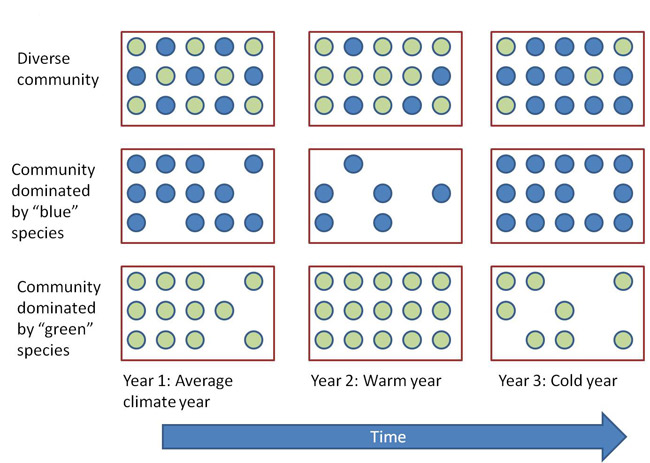Topic tundra ecosystem: Discover the tundra ecosystem, a breathtaking realm where extreme conditions foster a unique blend of life and beauty, revealing nature"s resilience and wonders.
Table of Content
- What are tundra ecosystems and where are they found?
- Characteristics of the Tundra Ecosystem
- Flora and Fauna of the Tundra
- Impact of Climate Change on the Tundra
- Conservation Efforts in the Tundra
- Human Activities and Their Effects on the Tundra
- Tundra Research and Scientific Studies
- YOUTUBE: What Are Tundras - National Geographic
- Adaptations of Life in the Tundra
- Role of the Tundra in Global Biodiversity
- Challenges Facing the Tundra Ecosystem
- Exploring the Beauty and Isolation of the Tundra
What are tundra ecosystems and where are they found?
A tundra ecosystem is a type of biotic community found in the Arctic and on the tops of mountains. It is characterized by its treeless landscape, cold and windy climate, and minimal vegetation. The word \"tundra\" is derived from the Finnish word \"tunturi,\" which means treeless plain.
Tundra ecosystems are mainly found in Alaska and Canada, covering a significant portion of these regions. They can also be found at the tops of very high mountains in various parts of the world.
Key features of tundra ecosystems include:
- Frost-molded landscapes
- Extremely low temperatures
- Minimal rainfall
- Short growing season
- Poor soil quality
- Presence of permafrost (a thick layer of frozen soil)
Due to these harsh environmental conditions, tundra ecosystems support a unique and specialized group of plant and animal species. Some common plants found in tundra regions include lichens, mosses, sedges, and dwarf shrubs. Animals adapted to survive in the tundra include reindeer, polar bears, Arctic foxes, and lemmings.
Tundra ecosystems play a significant role in global climate regulation and provide habitat for various migratory bird species. They also serve as a carbon sink, helping to mitigate climate change.
READ MORE:
Characteristics of the Tundra Ecosystem
The tundra ecosystem, one of the most distinct and rugged environments on Earth, is characterized by its cold, dry climate, minimal tree growth, and a landscape that supports a unique mix of flora and fauna adapted to extreme conditions. This section explores the defining features of the tundra.
- Low Temperatures: The tundra is known for its cold climate, with temperatures often dropping below freezing, especially outside of the short, cool summer months.
- Permafrost: A layer of permanently frozen ground below the surface defines much of the tundra, affecting drainage and plant growth.
- Short Growing Season: The tundra experiences a brief summer, lasting only about 50 to 60 days, which limits the growing periods for plants.
- Minimal Precipitation: It receives low levels of precipitation, similar to desert conditions, mostly in the form of snow.
- Limited Biodiversity: While biodiversity is lower than in more temperate ecosystems, the tundra is home to a variety of species uniquely adapted to its conditions.
- Unique Flora: Vegetation is primarily composed of grasses, mosses, lichens, and dwarf shrubs, which can survive the harsh climate.
- Adapted Fauna: Animal inhabitants, such as the Arctic fox, caribou, and various bird species, have evolved special adaptations to thrive in the cold and scarce environment.
- Seasonal Light Variations: The tundra experiences dramatic variations in daylight, from 24-hour daylight in summer to complete darkness in winter.
Understanding these characteristics provides insight into the resilience of life and the delicate balance of the tundra ecosystem.
:max_bytes(150000):strip_icc()/tundra-58bf1be55f9b58af5cc29755.jpg)
Flora and Fauna of the Tundra
The tundra ecosystem, despite its harsh conditions, is a vibrant habitat for a range of plant and animal species. These species have developed unique adaptations to survive in an environment with extreme cold, strong winds, and a short growing season. Below is an overview of the diverse flora and fauna that inhabit the tundra.
- Flora:
- Mosses: Vital for preventing soil erosion and retaining moisture.
- Lichens: Hardy plants that can survive in extreme cold and drought.
- Dwarf Shrubs: Such as willows and birches, adapted to low temperatures.
- Grasses and Sedges: Provide food for many animal species during the short summer.
- Fauna:
- Mammals: Including the Arctic fox, polar bears, caribou, and lemmings, each adapted to the cold and to finding food under the snow.
- Birds: Many migratory bird species, such as snow geese and Arctic terns, breed in the tundra during the summer.
- Insects: A variety of insects thrive during the short summer, serving as important pollinators and food sources for birds.
This delicate balance of flora and fauna makes the tundra a unique ecosystem, showcasing the resilience of life in the face of extreme conditions.
Impact of Climate Change on the Tundra
Climate change is profoundly affecting the tundra ecosystem, altering its physical appearance, biological diversity, and ecological processes. Warming temperatures are causing permafrost to thaw, impacting plant and animal species and leading to significant environmental transformations. Here we explore the various effects climate change is having on the tundra.
- Increased Temperatures: The tundra is experiencing some of the most rapid warming on Earth, leading to changes in the landscape and ecosystem functions. This warming results in permafrost thaw, which can release significant amounts of greenhouse gases into the atmosphere, exacerbating global warming.
- Changing Plant Life: Warmer conditions have led to a process known as "shrubification," where shrubs increasingly dominate the tundra landscape. This shift in vegetation can alter the habitat available for native species and change the fire regime of the area.
- Impacts on Wildlife: The changing environment affects the tundra"s fauna, from large mammals like caribou, whose migration patterns and food sources are being disrupted, to small organisms like the wolf spider, which are increasing in abundance and altering food webs.
- Permafrost Thaw: The thawing of permafrost has profound implications, including the release of methane, a potent greenhouse gas, and the destabilization of soil, which can affect infrastructure and lead to increased erosion.
- Altered Water Cycles: Climate change is modifying precipitation patterns and melting ice, affecting freshwater availability and quality for both ecosystems and human communities.
- Increased Carbon Release: The tundra acts as a significant carbon sink; however, warming temperatures could transform it into a carbon source, releasing more carbon than it absorbs, which would further contribute to global warming.
The impact of climate change on the tundra is a pressing concern. It highlights the need for ongoing research, monitoring, and conservation efforts to mitigate these effects and preserve the unique biodiversity and ecological functions of this vital ecosystem.

Conservation Efforts in the Tundra
Conservation efforts in the tundra are critical for protecting this unique ecosystem from the impacts of climate change, industrial activities, and other environmental threats. These efforts aim to preserve the tundra"s biodiversity, support its indigenous communities, and maintain its role in global ecological processes. Here are some of the key conservation strategies being implemented in tundra regions:
- Protected Areas: Establishing national parks, wildlife refuges, and other protected areas to safeguard habitats from industrial development and ensure the conservation of flora and fauna.
- Climate Change Mitigation: Implementing measures to reduce greenhouse gas emissions and enhance the tundra"s resilience to climate change. This includes monitoring permafrost thaw and its effects on carbon release.
- Research and Monitoring: Conducting scientific research to understand the tundra"s ecological processes, the impacts of climate change, and the effectiveness of conservation measures. This information supports informed decision-making and adaptive management strategies.
- Community Involvement: Engaging local and indigenous communities in conservation efforts, recognizing their traditional knowledge and practices as vital to sustainable ecosystem management.
- Regulating Human Activities: Implementing regulations to control activities such as mining, oil and gas development, and tourism that can damage tundra environments. This includes setting limits on land use and enforcing environmental impact assessments.
- Restoration Projects: Initiating efforts to restore degraded areas of the tundra, such as re-vegetation projects to combat erosion and restore habitat for wildlife.
- International Cooperation: Collaborating across borders to tackle shared environmental challenges, as many tundra regions span multiple countries. This includes sharing research, best practices, and policy measures.
The combined efforts of governments, environmental organizations, scientists, and local communities are essential to the ongoing protection and preservation of the tundra ecosystem. Through these collaborative conservation strategies, we can ensure the tundra remains a vibrant and vital part of our planet"s natural heritage.
Human Activities and Their Effects on the Tundra
Human activities have profoundly impacted the tundra ecosystem, altering its landscape, biodiversity, and ecological balance. The effects of these activities are widespread, ranging from direct changes to the physical environment to indirect alterations of ecological processes. Here, we explore some of the primary human activities affecting the tundra and their consequences.
- Oil and Gas Development: The extraction of oil and gas is one of the most significant human impacts on the tundra. This activity leads to the construction of roads, pipelines, and drilling sites, which disrupt wildlife habitats, increase erosion, and cause the thawing of permafrost.
- Mining: Mining operations for minerals and other resources result in similar disruptions as oil and gas development. The removal of soil and vegetation for mines, along with the infrastructure required to support mining activities, severely affects the tundra"s natural state.
- Climate Change: Human-induced climate change is accelerating temperature increases in the tundra, resulting in permafrost thaw, changes in species distributions, and alterations in the timing of biological events.
- Infrastructure Development: The building of roads, buildings, and other infrastructure to support human activities in the tundra causes fragmentation of habitats and increases accessibility, leading to further environmental pressures.
- Pollution: Oil spills, heavy metal contamination from mining, and other forms of pollution have detrimental effects on water quality, soil health, and the overall biodiversity of the tundra.
- Tourism and Recreation: Increased tourism and recreational activities in the tundra, including off-road vehicle use, hiking, and camping, can lead to soil compaction, vegetation damage, and wildlife disturbance.
- Overhunting and Fishing: Unsustainable hunting and fishing practices can deplete native species, disrupt food webs, and reduce biodiversity, further stressing the tundra ecosystem.
Addressing the impacts of human activities on the tundra requires a multifaceted approach, including stricter regulation of industrial activities, conservation efforts to protect sensitive areas, and global action to mitigate climate change. By understanding and mitigating these effects, we can help preserve the tundra for future generations.
:max_bytes(150000):strip_icc()/tundra-climate-5be07fabc9e77c0051e2145d.jpg)
Tundra Research and Scientific Studies
Research and scientific studies in the tundra are vital for understanding this unique ecosystem"s dynamics, challenges, and responses to environmental changes. Scientists from around the world are engaged in a variety of research efforts aimed at unlocking the secrets of the tundra, from its microorganisms to its vast landscapes. Here are some key areas of focus in tundra research:
- Climate Change Impacts: Numerous studies examine how global warming affects the tundra, including permafrost thawing, changes in biodiversity, and shifts in ecosystem carbon balance.
- Flora and Fauna Monitoring: Research on plant and animal life in the tundra aims to understand species adaptation to harsh conditions, migration patterns, and population dynamics in response to environmental changes.
- Permafrost Studies: The study of permafrost is crucial for understanding the implications of its thaw, including greenhouse gas release and impacts on global climate systems.
- Ecosystem Services: Scientists are exploring the tundra"s role in providing ecosystem services, such as carbon sequestration and support for indigenous livelihoods.
- Long-term Ecological Monitoring: Long-term monitoring programs track changes over time to provide insights into the tundra"s response to natural and anthropogenic pressures.
- Experimental Manipulations: Field experiments, such as artificially warming plots of tundra or simulating pollution effects, help predict future changes under various scenarios.
- Collaborative International Projects: Projects like the International Tundra Experiment (ITEX) bring together researchers from different countries to study the tundra"s response to climate change across the globe.
The insights gained from tundra research and scientific studies are critical for informing conservation strategies, policy decisions, and our understanding of global ecological processes. Through continued investigation and collaboration, we can better protect and manage the tundra ecosystem in the face of changing environmental conditions.
What Are Tundras - National Geographic
Discover the breathtaking beauty of the Tundras in this captivating video that showcases the mesmerizing landscapes, majestic wildlife, and the serene tranquility of this unique ecosystem. Get ready to embark on a virtual journey that will leave you awe-inspired and in awe of the wonders of nature.
TUNDRA BIOME - What Is A Tundra Biome - Tundra Region - The Dr Binocs Show - Peekaboo Kidz
Step into the enchanting world of a fascinating biome in this educational and visually stunning video. Dive deep into the mysterious forests, explore the diverse flora and fauna, and learn about the delicate balance that keeps this ecosystem thriving. Immerse yourself in the wonders of nature and unravel the secrets of this extraordinary biome.
Adaptations of Life in the Tundra
Life in the tundra has adapted in remarkable ways to thrive in one of the planet"s most extreme environments. Characterized by freezing temperatures, low nutrients, and short growing seasons, both flora and fauna in the tundra have evolved unique traits to survive and reproduce. Here, we explore some of these fascinating adaptations.
- Plant Adaptations:
- Short Growth Cycle: Plants have adapted to the brief summer season with rapid growth cycles, allowing them to bloom and seed within short periods.
- Low Stature: To minimize exposure to cold winds, many plants grow close to the ground, and some even beneath the soil surface.
- Dark Leaves: Some species have darker leaves to absorb more solar heat, aiding in their growth and survival in the cold climate.
- Perennial Lifecycles: Many tundra plants are perennials, surviving through the winter in dormancy and growing again in the summer.
- Animal Adaptations:
- Insulation: Animals like the Arctic fox and musk ox have thick fur coats for insulation against the cold. Some species also have layers of fat for additional warmth.
- Migratory Behaviors: Many bird species migrate to warmer regions during the winter, returning to the tundra for the summer breeding season.
- Camouflage: Animals such as the snow hare and ptarmigan have white winter coats that blend into the snowy landscape, helping them evade predators.
- Compact Body Shapes: Tundra animals tend to have compact bodies with short limbs and ears to minimize heat loss.
These adaptations are crucial for the survival of tundra species, allowing them to navigate the challenges of their harsh environment. Through evolution, life in the tundra demonstrates incredible resilience and the capacity to endure extreme conditions.

Role of the Tundra in Global Biodiversity
The tundra ecosystem plays a crucial role in global biodiversity, despite its harsh conditions and the perception of being a barren landscape. This unique biome, characterized by its cold climate, short growing season, and permafrost, supports a diverse range of life adapted to survive under extreme conditions. Here, we delve into the significance of the tundra in maintaining global biodiversity.
- Refuge for Unique Species: The tundra is home to species not found anywhere else on Earth, providing a unique refuge for these organisms. This includes a variety of plants, mammals, birds, insects, and microorganisms adapted to the cold environment.
- Indicator of Climate Change: The tundra serves as an early indicator of the impacts of climate change. Changes in species distribution, flowering times, and migration patterns in the tundra offer early signals of broader global changes, making it a critical area for climate research.
- Carbon Sequestration: Tundra soils are significant carbon sinks, storing vast amounts of carbon that would otherwise contribute to global warming. The permafrost layer traps organic material, preventing it from decomposing and releasing carbon dioxide and methane into the atmosphere.
- Migratory Bird Habitat: The tundra provides breeding grounds for millions of migratory birds that travel from all over the world, linking biodiversity across continents. The health of tundra ecosystems directly influences the survival and diversity of bird species globally.
- Traditional Knowledge and Biodiversity: Indigenous peoples have lived in the tundra for thousands of years, developing a deep understanding of the ecosystem and its species. This traditional knowledge is invaluable for biodiversity conservation and understanding the intricate relationships within the ecosystem.
- Scientific Research and Education: The tundra is a living laboratory for scientific research, offering insights into evolutionary biology, ecology, and environmental science. Studies in the tundra contribute to our understanding of biodiversity, ecosystem functions, and the impacts of human activities on natural habitats.
The tundra"s role in global biodiversity is profound, contributing to ecological balance, climate regulation, and the support of unique life forms. Its conservation is essential for maintaining the health of our planet"s biosphere and for future generations to study and enjoy.
Challenges Facing the Tundra Ecosystem
The tundra ecosystem, encompassing the Earth"s northernmost regions, faces numerous challenges that threaten its stability, biodiversity, and ecological services. These challenges stem from both natural processes and human activities, impacting the delicate balance of life adapted to the harsh conditions of the tundra. Below are some of the primary challenges the tundra ecosystem is currently facing:
- Climate Change: Rapid warming in the Arctic is causing extensive permafrost thaw, altering habitats, and leading to unpredictable changes in the ecosystem. This includes shifts in species distributions and the invasion of species not previously found in the tundra.
- Industrial Development: Oil, gas, and mineral extraction pose significant threats to the tundra. These activities disturb the soil and vegetation, increase pollution, and can lead to large-scale environmental degradation.
- Pollution: Airborne pollutants from industrial activities around the world can accumulate in the tundra, affecting both terrestrial and aquatic life. Heavy metals and persistent organic pollutants are of particular concern.
- Increased Fire Frequency: Climate change has led to drier conditions in some areas of the tundra, increasing the frequency and intensity of wildfires. These fires can cause significant damage to vegetation and release large amounts of carbon dioxide into the atmosphere.
- Infrastructure Development: The construction of roads, buildings, and other infrastructure to support human activities disrupts wildlife habitats, increases erosion, and contributes to permafrost thaw.
- Recreational Activities: Tourism and recreational activities in the tundra, such as off-road vehicle use, can damage delicate vegetation, disturb wildlife, and contribute to soil erosion.
- Global Biodiversity Impacts: Changes in the tundra ecosystem have cascading effects on global biodiversity. The loss of ice and snow cover, for example, affects species dependent on these conditions, while changes in migratory patterns can impact ecosystems far beyond the tundra.
Addressing these challenges requires coordinated global efforts, including climate change mitigation, sustainable management of natural resources, and the protection of vulnerable habitats and species. By understanding and tackling these issues, we can help preserve the unique and vital tundra ecosystem for future generations.
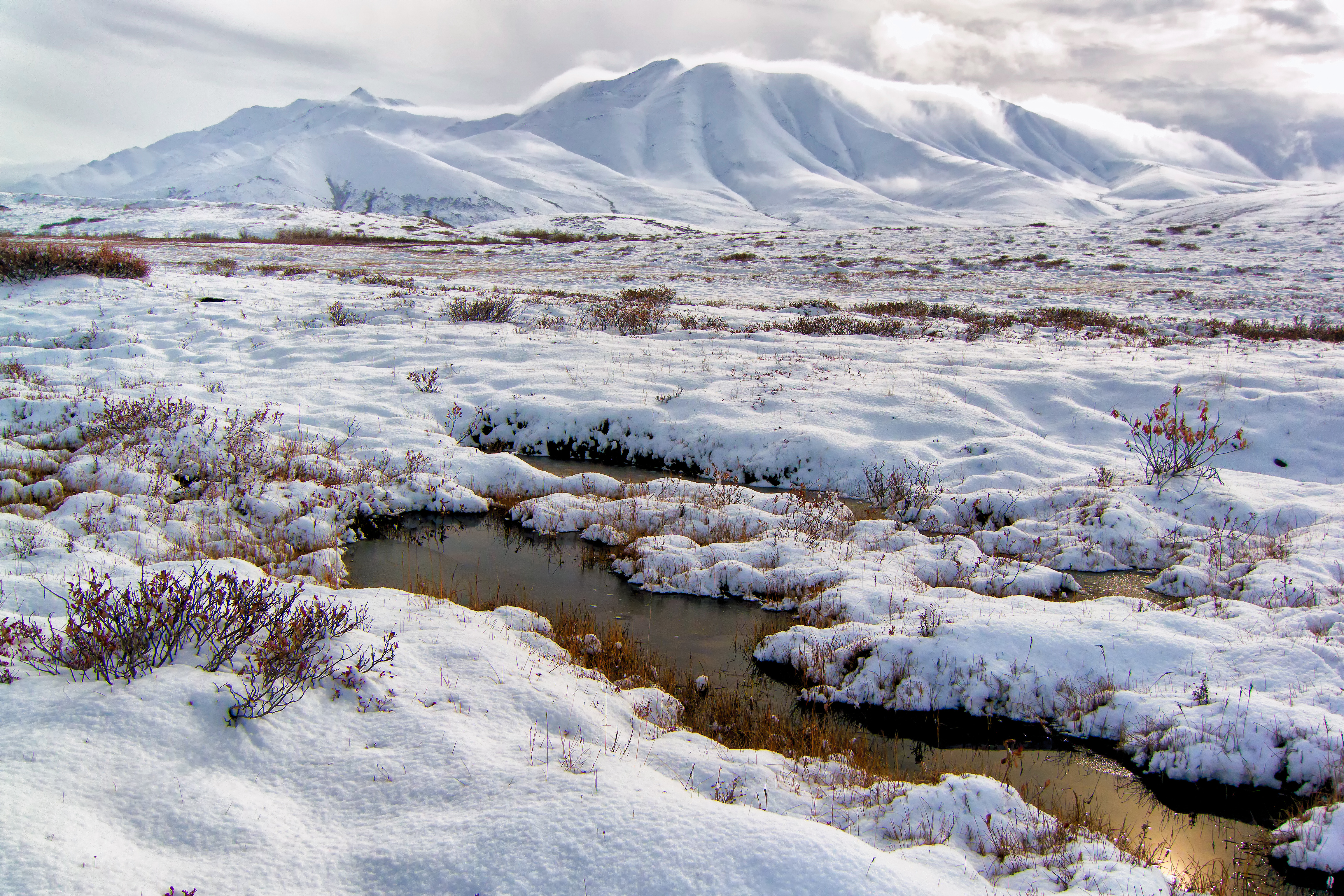
READ MORE:
Exploring the Beauty and Isolation of the Tundra
The tundra may be one of the Earth"s most extreme environments, but it possesses a unique beauty and a sense of isolation that draws adventurers, scientists, and nature lovers alike. This vast, treeless landscape, with its stark vistas and resilient ecosystems, offers a profound experience of nature"s quiet majesty and the remarkable adaptations of life in harsh conditions. Here we delve into the aspects that make the tundra a place of awe-inspiring beauty and isolation.
- Stunning Landscapes: The tundra is home to expansive views of open skies and rolling landscapes that stretch to the horizon. During the brief summer, a burst of life transforms the land with vibrant wildflowers and lush greenery against the backdrop of melting snow and ice.
- Midnight Sun and Northern Lights: The phenomenon of the midnight sun offers 24 hours of daylight in the summer, providing endless opportunities to witness the tundra"s beauty. In contrast, the dark winters offer spectacular displays of the northern lights (Aurora Borealis), with vibrant colors dancing across the sky.
- Unique Wildlife: The tundra is home to a variety of wildlife adapted to survive in its extreme conditions. Observing species like the Arctic fox, caribou, musk oxen, and a myriad of migratory birds can be a highlight for wildlife enthusiasts.
- Solitude and Serenity: The isolation of the tundra provides a sense of solitude rarely found in other environments. This serenity allows for introspection and a deep connection with nature, offering a peaceful retreat from the modern world.
- Indigenous Cultures: Indigenous peoples have inhabited the tundra for thousands of years, with cultures deeply connected to this land. Learning about their traditions, knowledge, and relationship with the environment adds a rich layer of human history to the tundra"s natural beauty.
- Scientific Exploration: The tundra is a critical area for scientific research, offering insights into climate change, ecology, and the resilience of life in extreme conditions. The pursuit of knowledge in this remote landscape underscores its importance to our understanding of the planet.
The tundra"s beauty and isolation remind us of the Earth"s diversity and the resilience of life in all its forms. Exploring the tundra, whether in person or through the stories of those who have ventured there, offers a unique perspective on our world and our place within it.
Embark on a journey through the tundra ecosystem, a realm where extreme conditions foster unique life and landscapes. Discover its pivotal role in biodiversity, the challenges it faces, and the profound beauty that lies within its isolation.
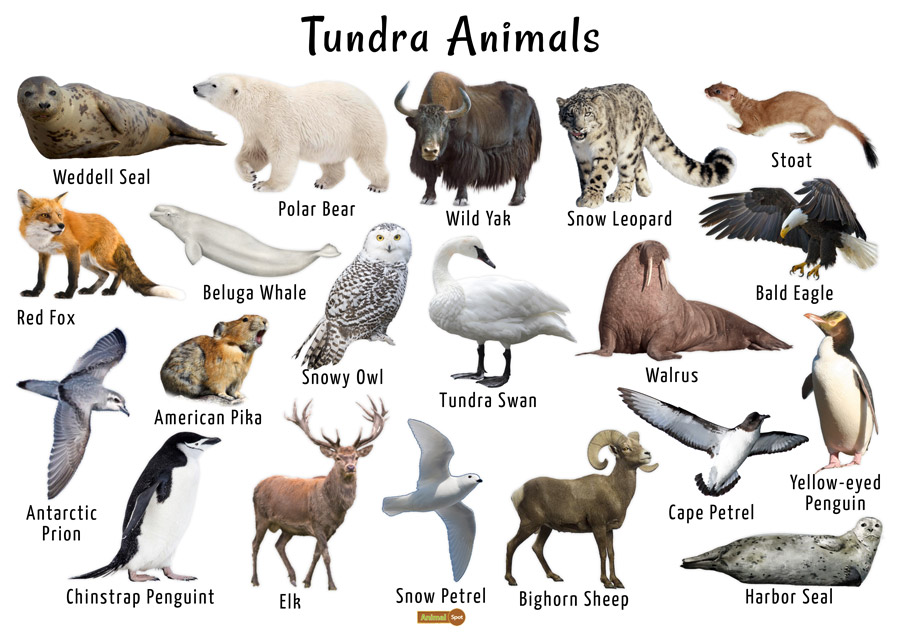

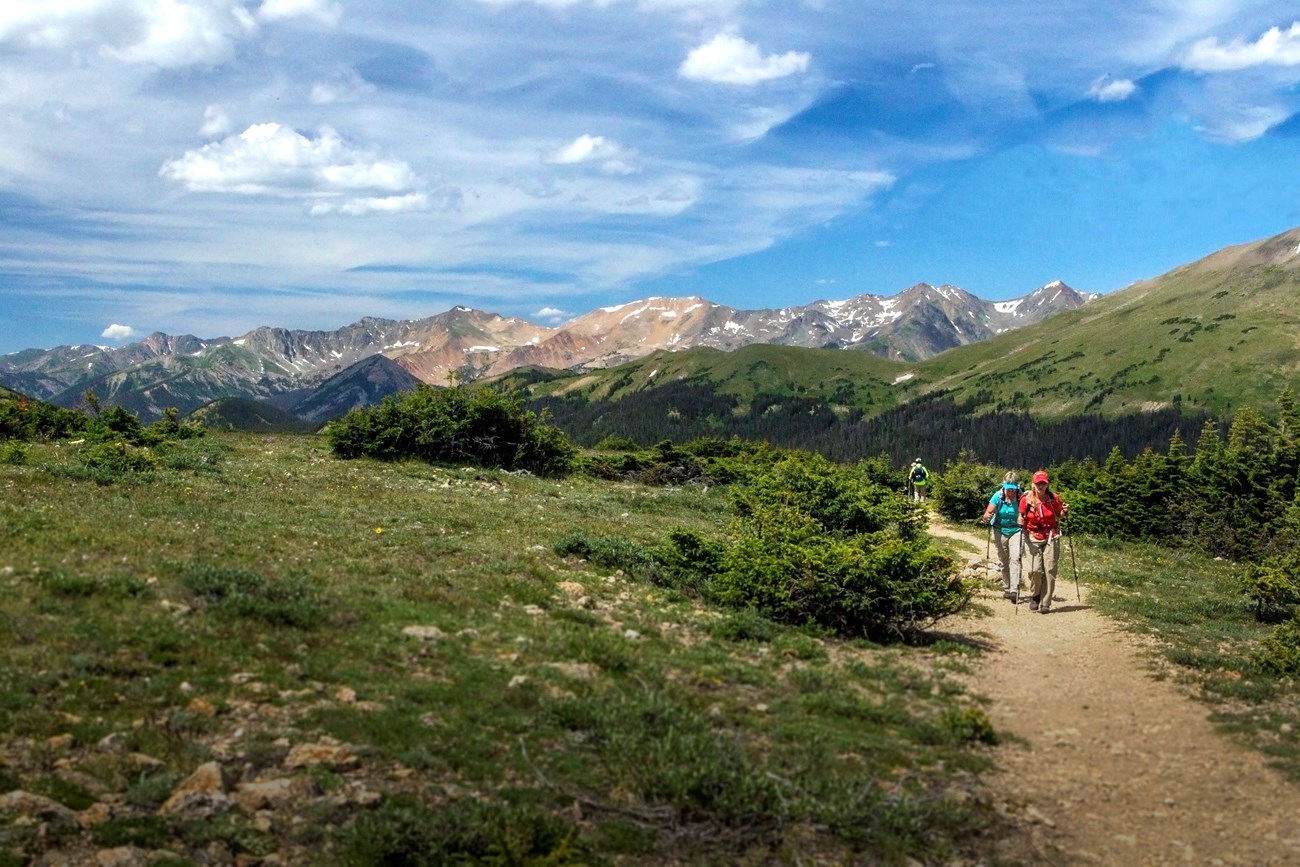
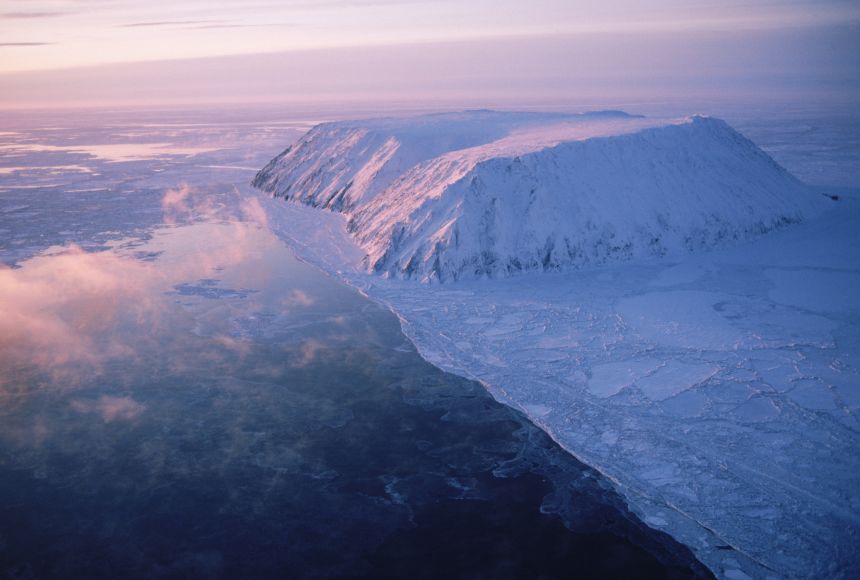
:max_bytes(150000):strip_icc()/GettyImages-901482062-6470b1099c6a47a881f9a22d7bca0d0a.jpg)
